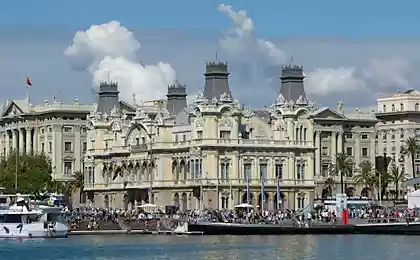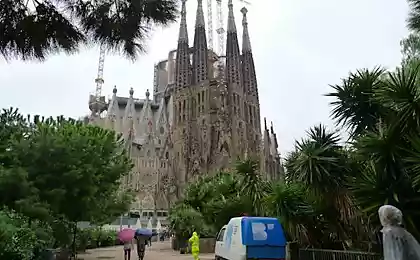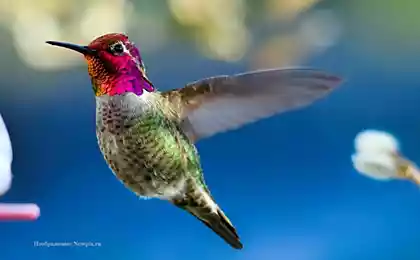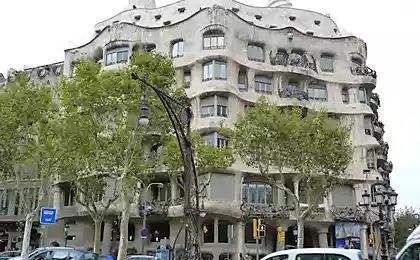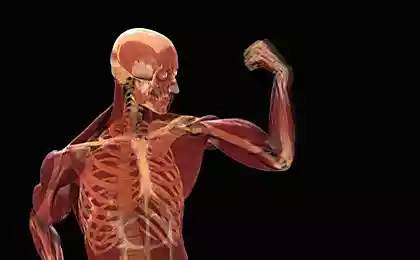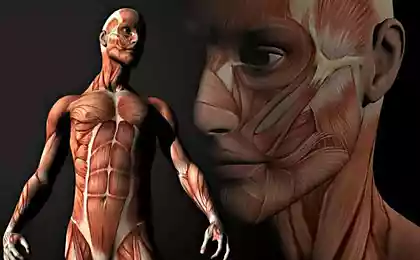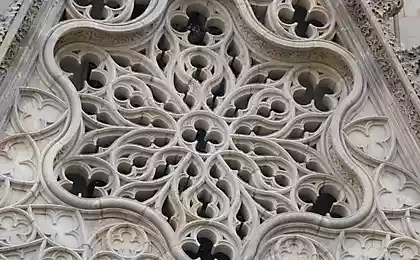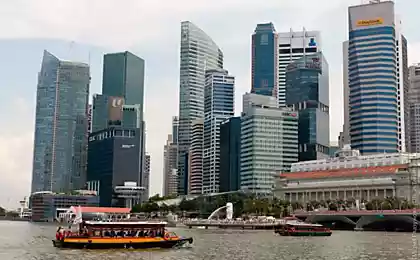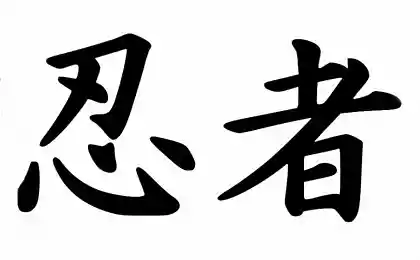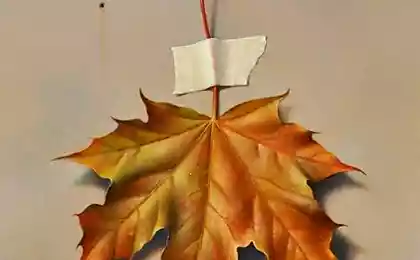2239
30 fascinating facts about the Cossacks
History of the Cossacks is inseparable from the history of Russia, and it is certainly curious to know. The site publishes interesting facts about the Cossacks, their history and traditions. < 1. «The Cossack" and "Kazakh" may cognates. They come from the Turkic "Kazakh" - delete, free, independent person.
2. The Cossacks had their own "state": the army of Zaporozhye (later - Hetman), Don Army, Ural army, scarlet, Yar. One of these states has given rise to modern Ukraine. By the way, Ukraine / margins with Cossack settlement there were many. For example, Ryazan Ukraine.
3. Awesome word game occurred with the names of "Cossacks" and "Kasogs." Kasogs in Russia called Circassians or related Circassians. Cherkasov also called Zaporozhye and Kuban Cossacks. Indeed, in the Sea of Azov lived Circassians, who worked closely with the Cossacks-Donets and could even go to the Cossack army.
4. The Cossacks had their city on the Don, Donets, Dnieper and the Urals. The oldest and most famous of them - Cherkasy (XIV century), Starocherkassk (XVI century on the site of the city or Orna Ahas), Uryupinsk (possibly chronicle Uryupesk).
5. The Cossacks often isolates himself from the Russian. As part of the Cossack units were Circassians and Turks. In many census "Cossack" is still mentioned as a separate nation.
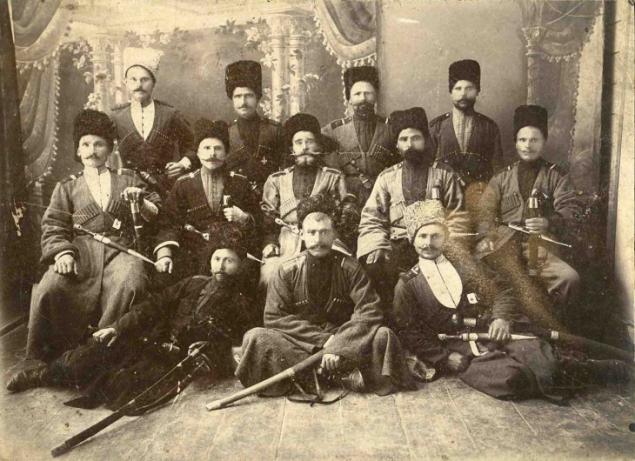
6. often formed Cossack regiments of the indigenous peoples of the Russian Empire: the Buryat, Lithuanian, Albanian, Greek, Kalmyk, Even.
7. Cossacks as a special class existed not only in Russia. The Cossacks were also at the service of the Commonwealth. The prototype of the Cossacks in Hungary were székelys.
8. Nazi ideology considered descendants of the Cossacks of the Ostrogoths, and therefore the true Aryans.
9. In the life of the Cossacks are many concepts of culture of the Turks: village (camp), kosh, guard captain, adobe, Ataman, yurts, maidan, nardek.
10. From the culture Circassian the Cossacks took too much. Cossack Checkers - "sashho" in Adygei.
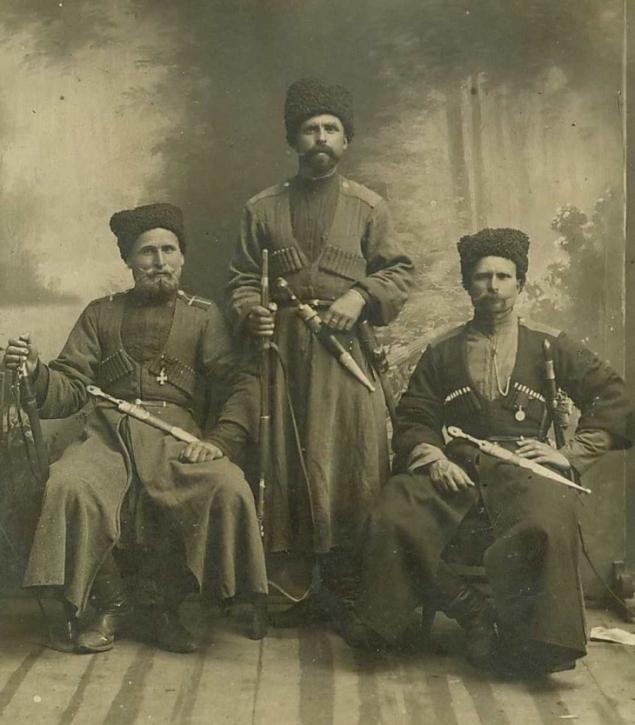
11. Old Russian "Cossacks" were black hoods (Torquay and Cumans at the service of the Russian princes), and Berladnik brodniki. Marine "Cossacks" were ushkuyniki - freedom and militant Novgorod.
12. The Cossacks took part in the war on the side of the Turks, Poles, Russian, white, red, and even the Nazis.
13. Exploration and conquest of Siberia was carried out mainly by the Cossack troops. Therefore, most of Russia could be called Cossack «Ukraine».
14. Cossacks - traditionally Orthodox Christians. However, in the early centuries of the Cossacks among "native" groups could meet representatives of various religions.
15. The oldest Cossack "state" - scarlet, Yar was absorbed by the Don Cossacks, and the only shipyard in the Khoper in Pristanskaya town was destroyed by Peter I, but later restored in Novochopersk.
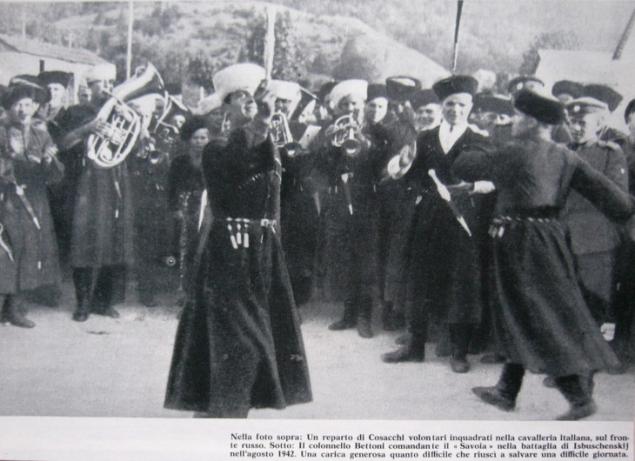
16. Don Cossacks flag - yellow, blue and red. He represents the unity of the Russian Cossacks and Kalmyks.
17. One of the most beautiful cities of Cossacks - Novocherkassk. He planned on the model of the best European cities with wide avenues, squares and boulevards.
18. Omsk - Cossack capital of Siberia. It houses all the institutions combined arms of the Siberian Line Cossack Host.
19. Volga army officially did not last long: from 1734 to 1777 years. Later, the Cossacks moved to Ural, Terek and Astrakhan.
20. After the entry of Russian troops in 1814 in the "free city" of Hamburg, it was left nearly 10,000 volunteers, who became known as "The troops of the Hanseatic League", and later "The Cossacks Elbe».
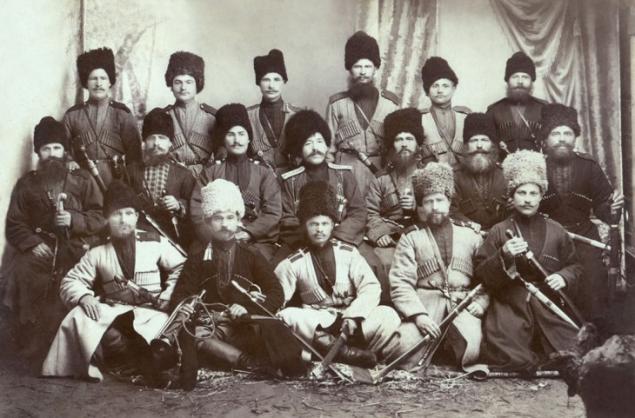
21. One of the most recent Cossack units Uryankhay Cossack army was formed in 1921 by Baron von Ungern during the Civil War.
22. A large part of the Cossacks (from the Volga to the Siberian and Ural) were examined. In the Urals and Siberia old believers was spread most.
23. The number of Cossacks of the 1897 census was about 3 million people.
24. After the collapse of the Russian Empire was formed 7 Cossack republic.
25. The Cossack with a musket is shown in the large coat of arms of Ukraine.
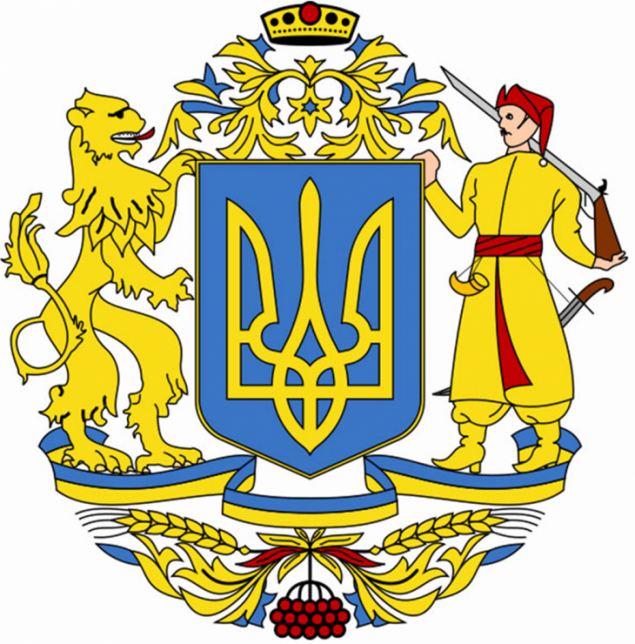
26. Cossacks roots go back to the era of the Golden Horde. Most redrawing affected all layers of society: a lot has been withdrawn to Russian Tatar city to serve the Khans. On all these lands operated and the Orthodox Church - Diocese of Sarai. During the period of the weakening of the Horde (XV century), the set of the mixed Russian and Tatar appeared between the Horde and the weakening of Moscow rising to themselves, which was a prerequisite for the development of the Cossacks.
27. For the first time the word Cossack is found back in 1303 in the sense of "guardian».
28. The Cossack ships - Struga, floated along the Don, Chopra, Raven, the Volga, the Black and Caspian Seas, as well as the Siberian rivers. Cossacks to make sea trips to the Crimean and Taman fortress.
29. Add, at the eastern tradition, raisins porridge was accepted among the Cossacks. Later, the custom spread among the other Russian.
30. Don Cossacks settled in villages, Volga - in the villages, and Ruthenian - in the village (hence - Sloboda).
via russian7.ru/2015/11/30-udivitelnykh-faktov-o-kazakakh/
2. The Cossacks had their own "state": the army of Zaporozhye (later - Hetman), Don Army, Ural army, scarlet, Yar. One of these states has given rise to modern Ukraine. By the way, Ukraine / margins with Cossack settlement there were many. For example, Ryazan Ukraine.
3. Awesome word game occurred with the names of "Cossacks" and "Kasogs." Kasogs in Russia called Circassians or related Circassians. Cherkasov also called Zaporozhye and Kuban Cossacks. Indeed, in the Sea of Azov lived Circassians, who worked closely with the Cossacks-Donets and could even go to the Cossack army.
4. The Cossacks had their city on the Don, Donets, Dnieper and the Urals. The oldest and most famous of them - Cherkasy (XIV century), Starocherkassk (XVI century on the site of the city or Orna Ahas), Uryupinsk (possibly chronicle Uryupesk).
5. The Cossacks often isolates himself from the Russian. As part of the Cossack units were Circassians and Turks. In many census "Cossack" is still mentioned as a separate nation.

6. often formed Cossack regiments of the indigenous peoples of the Russian Empire: the Buryat, Lithuanian, Albanian, Greek, Kalmyk, Even.
7. Cossacks as a special class existed not only in Russia. The Cossacks were also at the service of the Commonwealth. The prototype of the Cossacks in Hungary were székelys.
8. Nazi ideology considered descendants of the Cossacks of the Ostrogoths, and therefore the true Aryans.
9. In the life of the Cossacks are many concepts of culture of the Turks: village (camp), kosh, guard captain, adobe, Ataman, yurts, maidan, nardek.
10. From the culture Circassian the Cossacks took too much. Cossack Checkers - "sashho" in Adygei.

11. Old Russian "Cossacks" were black hoods (Torquay and Cumans at the service of the Russian princes), and Berladnik brodniki. Marine "Cossacks" were ushkuyniki - freedom and militant Novgorod.
12. The Cossacks took part in the war on the side of the Turks, Poles, Russian, white, red, and even the Nazis.
13. Exploration and conquest of Siberia was carried out mainly by the Cossack troops. Therefore, most of Russia could be called Cossack «Ukraine».
14. Cossacks - traditionally Orthodox Christians. However, in the early centuries of the Cossacks among "native" groups could meet representatives of various religions.
15. The oldest Cossack "state" - scarlet, Yar was absorbed by the Don Cossacks, and the only shipyard in the Khoper in Pristanskaya town was destroyed by Peter I, but later restored in Novochopersk.

16. Don Cossacks flag - yellow, blue and red. He represents the unity of the Russian Cossacks and Kalmyks.
17. One of the most beautiful cities of Cossacks - Novocherkassk. He planned on the model of the best European cities with wide avenues, squares and boulevards.
18. Omsk - Cossack capital of Siberia. It houses all the institutions combined arms of the Siberian Line Cossack Host.
19. Volga army officially did not last long: from 1734 to 1777 years. Later, the Cossacks moved to Ural, Terek and Astrakhan.
20. After the entry of Russian troops in 1814 in the "free city" of Hamburg, it was left nearly 10,000 volunteers, who became known as "The troops of the Hanseatic League", and later "The Cossacks Elbe».

21. One of the most recent Cossack units Uryankhay Cossack army was formed in 1921 by Baron von Ungern during the Civil War.
22. A large part of the Cossacks (from the Volga to the Siberian and Ural) were examined. In the Urals and Siberia old believers was spread most.
23. The number of Cossacks of the 1897 census was about 3 million people.
24. After the collapse of the Russian Empire was formed 7 Cossack republic.
25. The Cossack with a musket is shown in the large coat of arms of Ukraine.

26. Cossacks roots go back to the era of the Golden Horde. Most redrawing affected all layers of society: a lot has been withdrawn to Russian Tatar city to serve the Khans. On all these lands operated and the Orthodox Church - Diocese of Sarai. During the period of the weakening of the Horde (XV century), the set of the mixed Russian and Tatar appeared between the Horde and the weakening of Moscow rising to themselves, which was a prerequisite for the development of the Cossacks.
27. For the first time the word Cossack is found back in 1303 in the sense of "guardian».
28. The Cossack ships - Struga, floated along the Don, Chopra, Raven, the Volga, the Black and Caspian Seas, as well as the Siberian rivers. Cossacks to make sea trips to the Crimean and Taman fortress.
29. Add, at the eastern tradition, raisins porridge was accepted among the Cossacks. Later, the custom spread among the other Russian.
30. Don Cossacks settled in villages, Volga - in the villages, and Ruthenian - in the village (hence - Sloboda).
via russian7.ru/2015/11/30-udivitelnykh-faktov-o-kazakakh/


